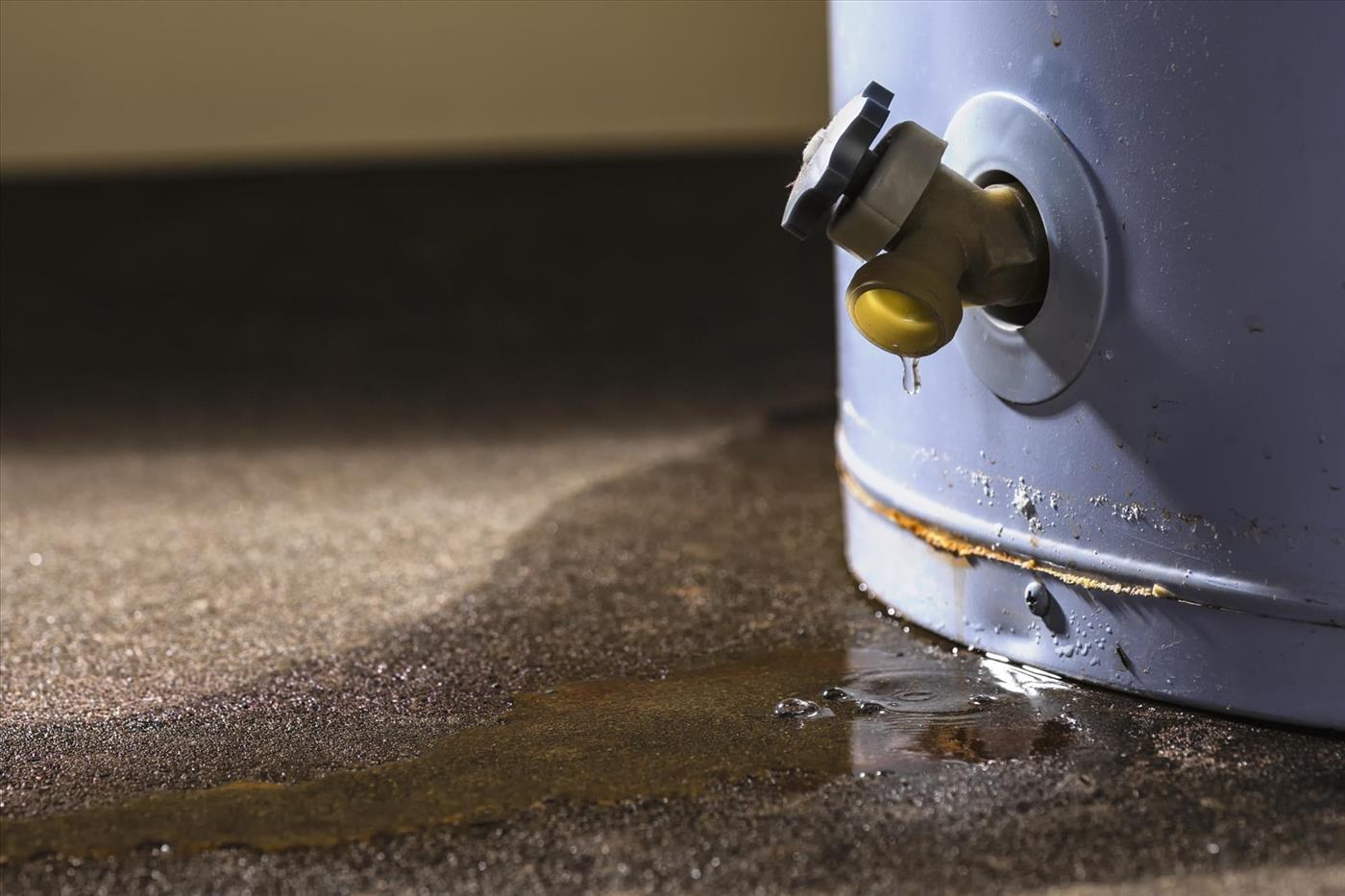Home Maintenance Tips
Gutters:
Have them cleaned at least twice a year and make sure that the downspouts and laterals are cleaned also. One of the biggest reasons why gutters pull away from the house is due to the excessive amount of debris. Water management is important for all buildings. Backed up water in the gutters can leak into the soffits of the house. Do not allow downspouts to drain at the foundation walls. Add extensions, at least six feet (mim) to ensure that the water is draining away from the foundation.
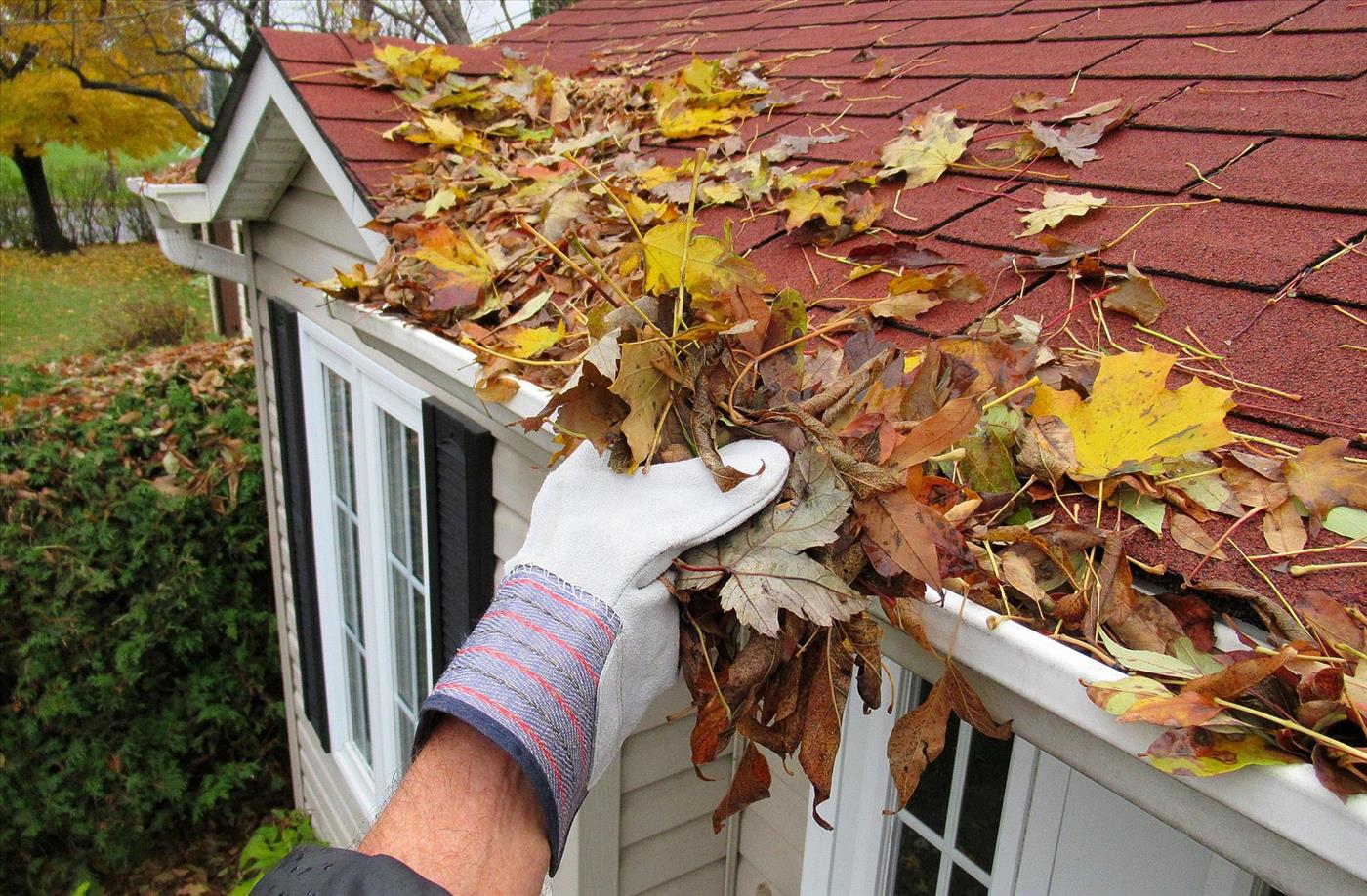
Dryer Vents:
Clean lint from clothes dryer venting system. It can be a fire hazard. Some manufactures recommend cleaning your vent pipe each year. Although this isn’t an absolute, do it especially if you use the plastic curly or metal tube. The pockets created in this tubing collect lint and do pose a potential fire safety hazard. If possible use rigid pipe, usually 4 inch diameter, with the shortest length and least bends as possible. Venting inside is not recommended because of potential carbon monoxide and excess moisture.

Mechanical Cleaning:
Refrigerators and Furnaces are often neglected. However, they cost you more if not periodically maintained. At the least an annual cleaning of your refrigerator coils and fan areas is recommended. All the dust, dirt, pet hair, and other things that build up on a refrigerator causes it to work harder and not cool as efficiently. The extra charges on your electric bill depend on the refrigerator.
Furnaces at least have a filter to remove dust etc, but if you don’t change the filter regularly (at least twice a year), you will incur higher gas bills caused by inefficiency.
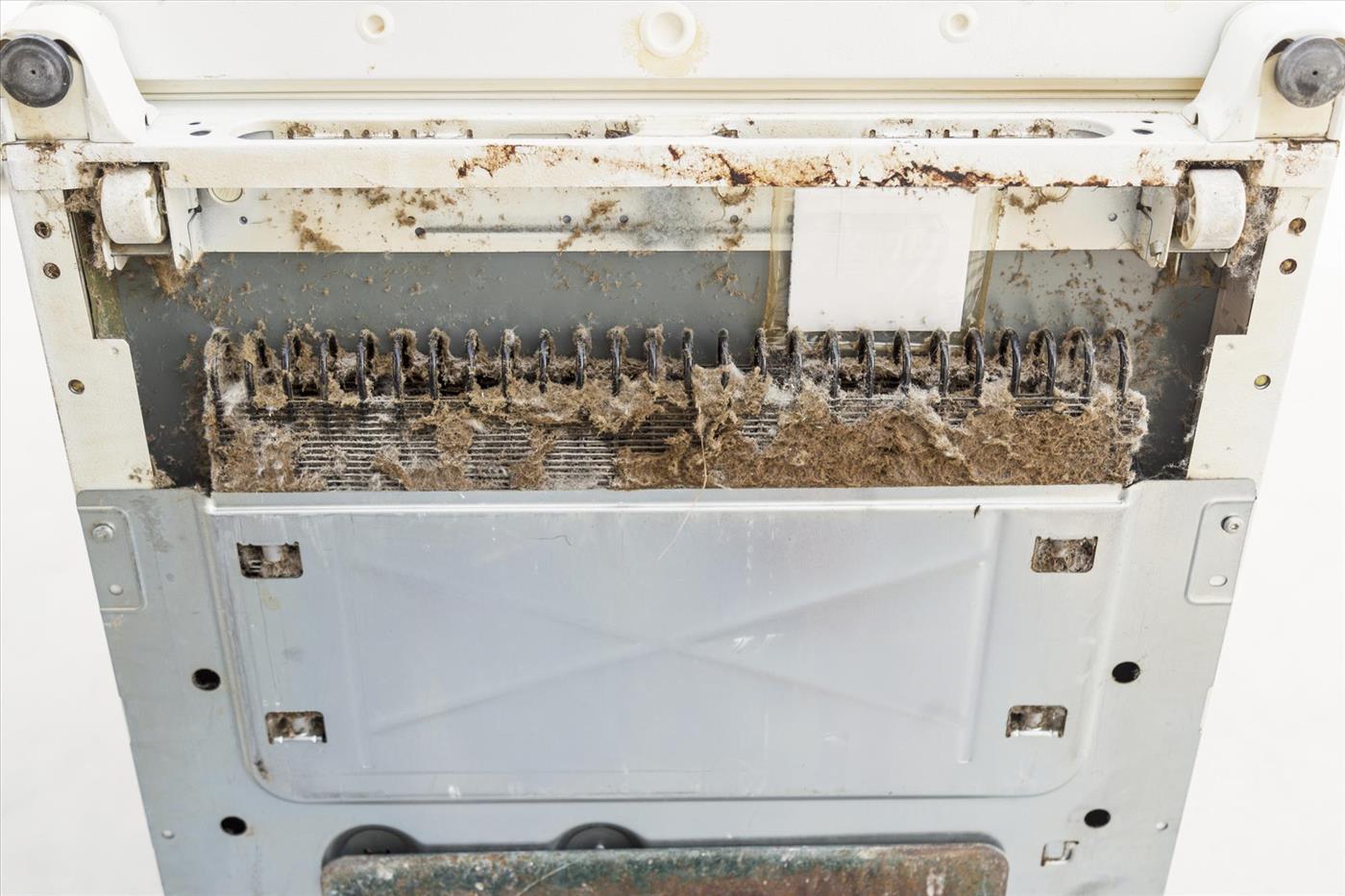
Caulking:
Check and repair or replace exterior caulking (we can never say it enough). It’s been reported in “The Friendly Handyman” magazine, that most houses have enough leaks in them “equivalent to leaving a 2-square foot window open all winter long! By caulking, you can close that window and save money on heating and cooling costs! By having a caulking gun and a few high quality caulk cartridges and heading for your doors and windows, you can make your home cooler in the summer, warmer in the winter and more resistant to moisture and bugs all year long.
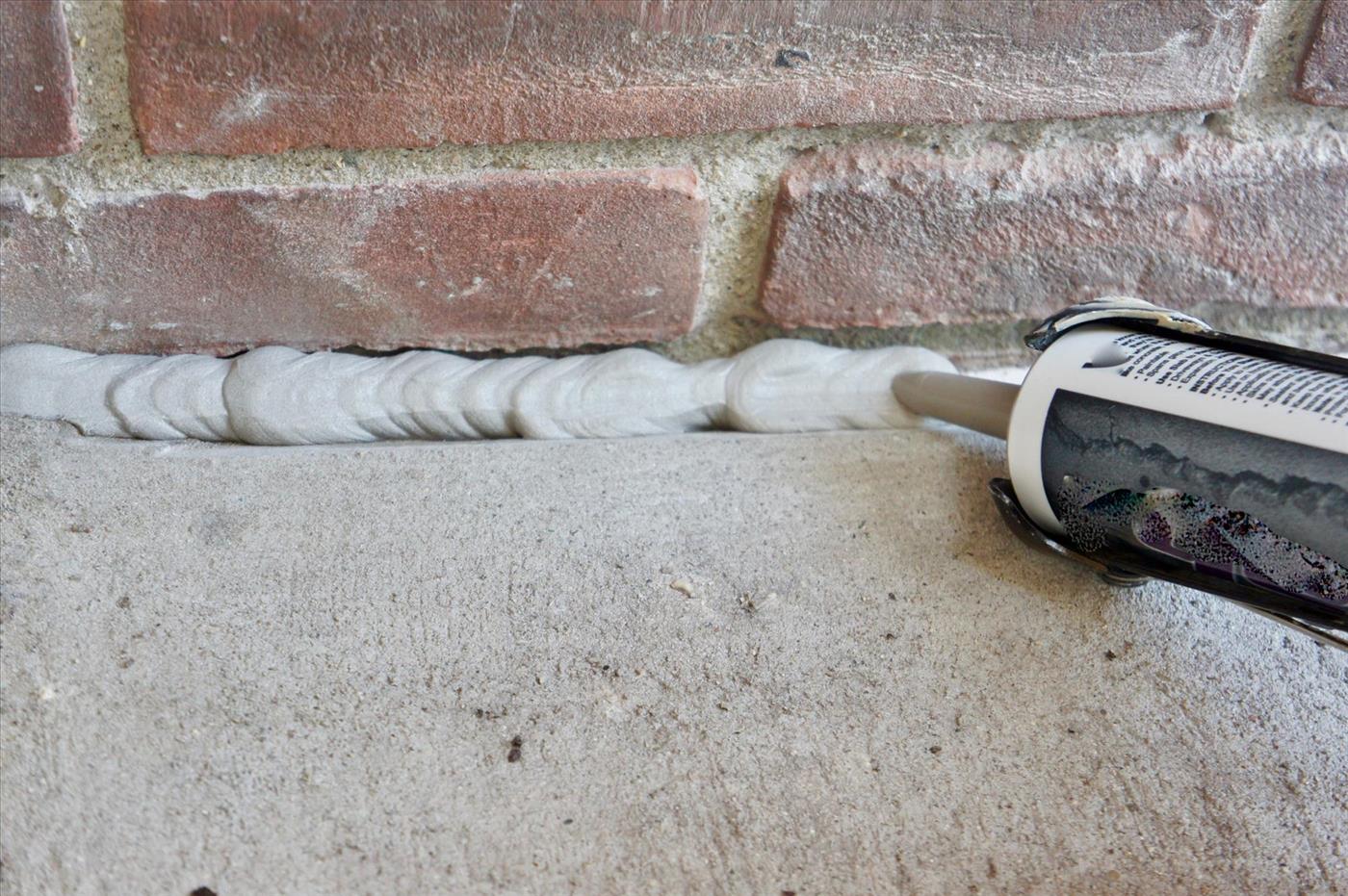
Exterior Faucets:
Hose bibs, or sill cocks as they are called are potential for winter freezing. Older homes typically do not have “frost proof” faucets and need attention before the cold weather arrives. A separate isolation or shut off valve on the line to the faucet, must be shut off. Then the outside faucet must be opened to allow the water to drain. This should prevent freezing and a broken pipe. If you don’t have “frost proof” faucets, you still have to disconnect any attachment to allow water to drain naturally.
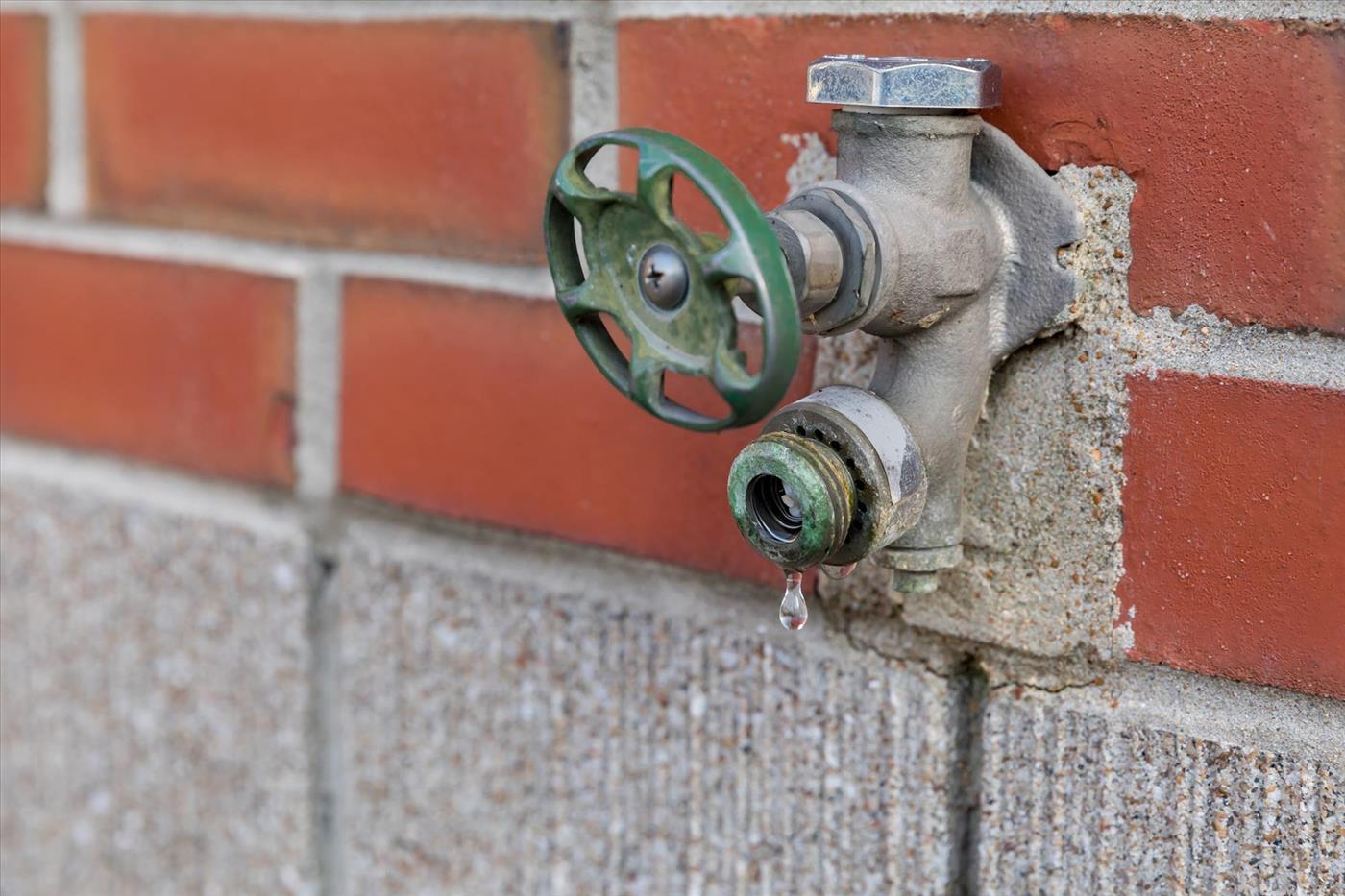
Chimney Caps:
- Keeps Animals, especially Raccoons and Birds, from setting up home in your chimney or fireplace.
- Keeps Rain and moisture from building up inside chimney. This can help reduce the chimney smell that often invades homes in the warmer weather.
- Sheds ice and rain from the chimney crown, which is the cement cover on the top of the chimney structure. This will extend the life of the crown and eliminate some causes of cracking of the flue tile.
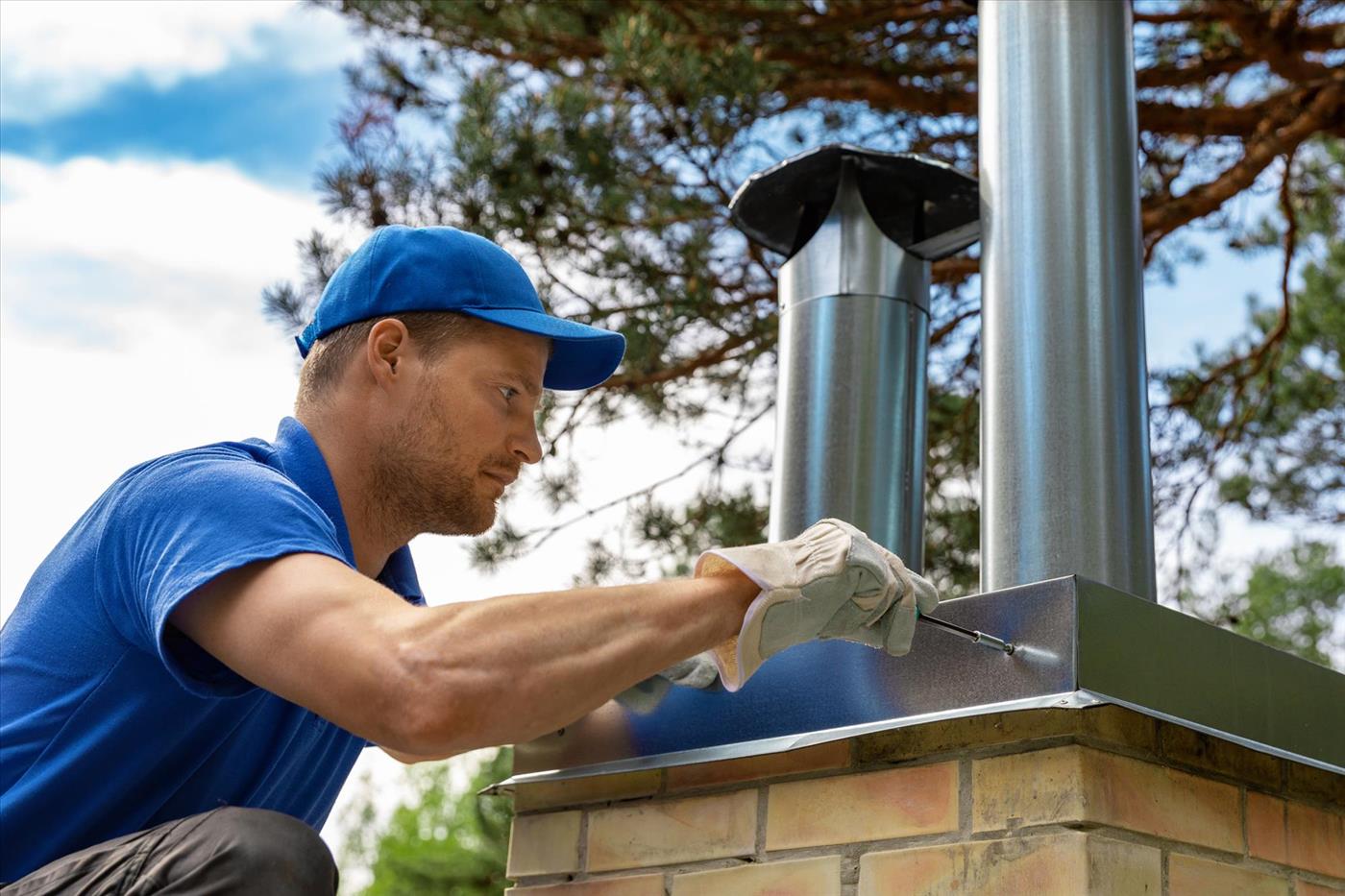
Roof Inspection:
The best preventative maintenance that one can do is perform semi-annual inspections to identify and solve problems as they occur. Roofs get more abuse from the elements than any other part of the building, and preventative maintenance is a key element to saving money on your roof by providing a longer service life. Check all flashings and make sure that they are not deteriorated and there are no holes in them. Check the mortar on chimneys and parapet walls, both in between the brick and on top. If it’s damaged or deteriorated, have it tuck-pointed. Any mason can perform this work.
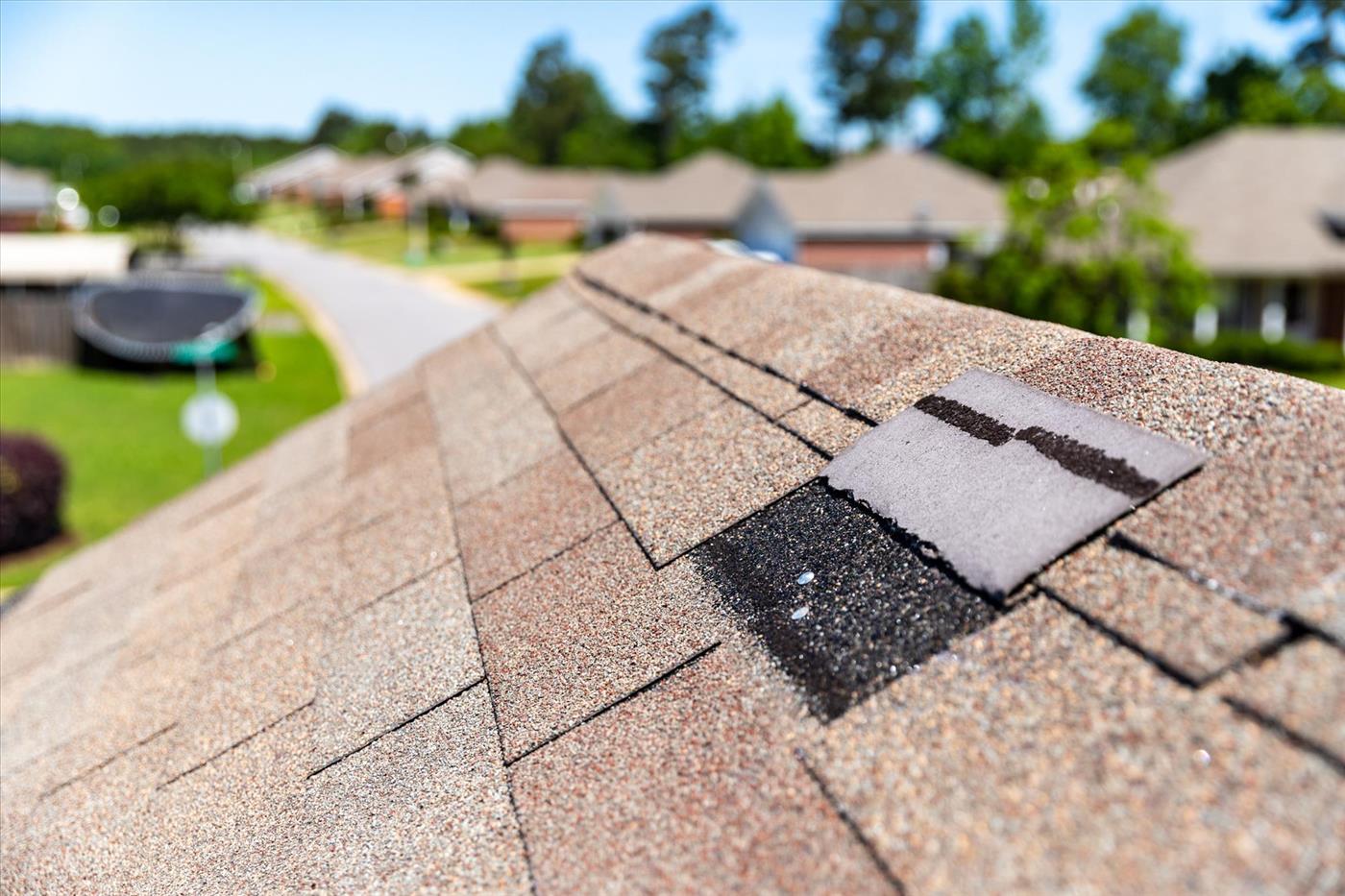
Water Heater:
Get the most from your water heater!
Draining the Tank:
- Turn thermostat to “pilot”
- Close water supply valve
- Open the hot water valve on faucet
- Drain tank until water runs clear, then close drain valve
- Close the open faucet
- Turn the water supply on
- Go back to faucet and run hot water until all air is purged
- Reset thermostat on heater
